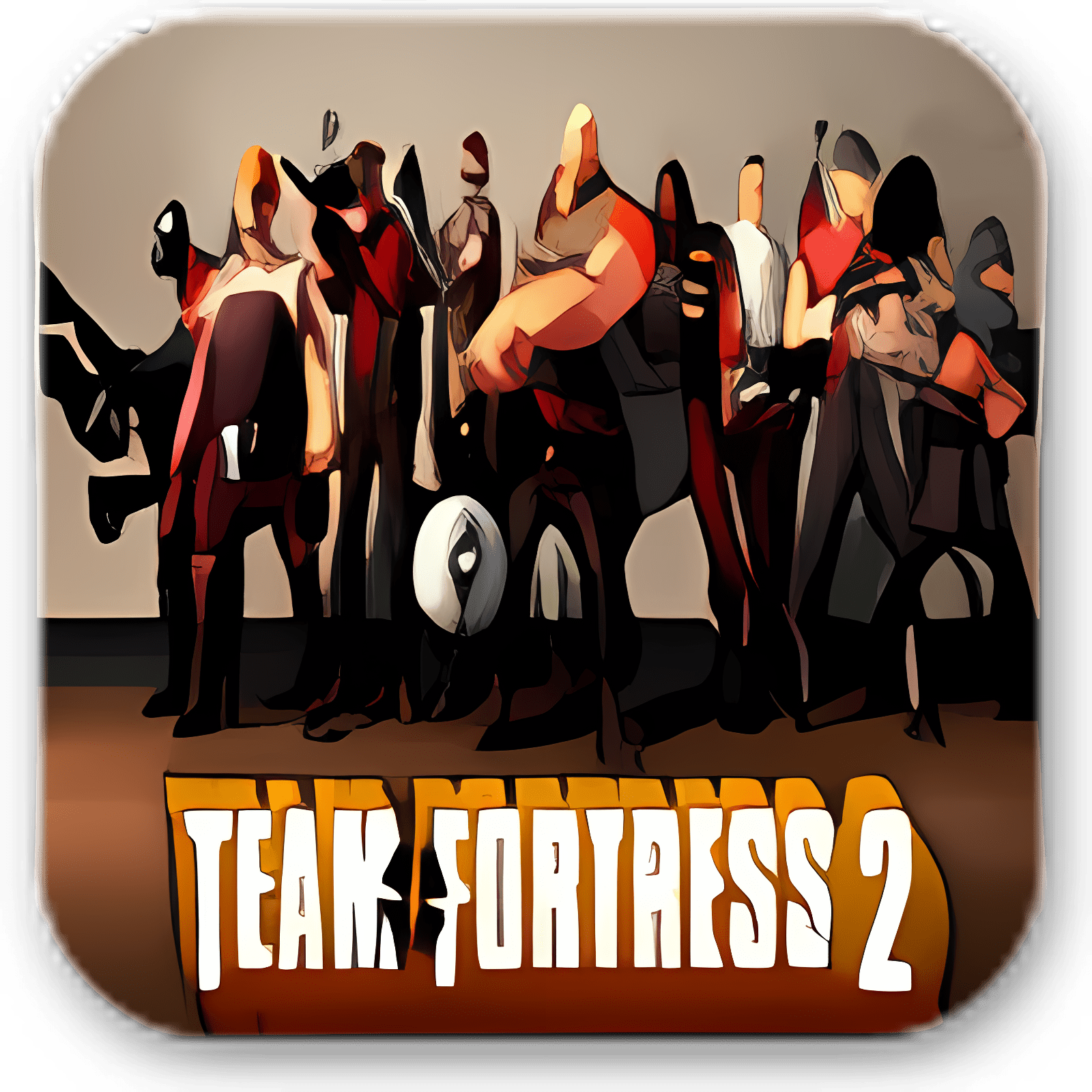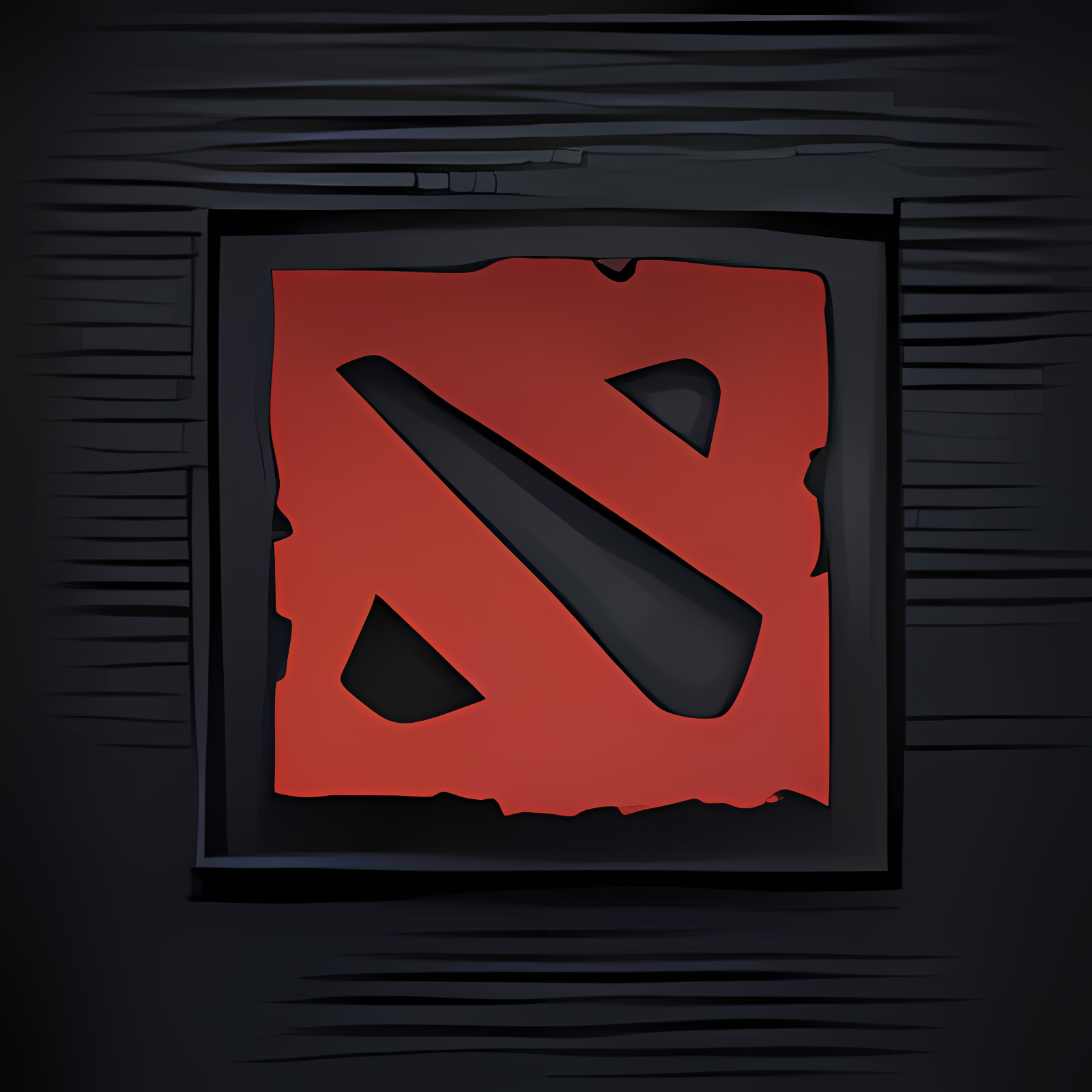A gaming monitor is exactly what it says. A monitor, or screen, that’s designed for (or works well with) games. They come in different sizes, with varying features and prices, from the expensive Asus Rog Swift ($1,177) to the cheap as chips HP Pavilion ($89.99). While some gamers believe you’re missing half the fun without one, others think they’re a waste of money.
In my opinion, they’re both right.
To get to the root of the controversy, we need to understand a few basics of screen technology. Don’t worry; it won’t get too technical. I’ll also assume that you’re not using a gaming monitor for consoles (such as an Xbox One or PS4). Most console players will be playing on TVs, which is another area for discussion.
Let’s also exclude size. Given you’ll play with the screen relatively close to your face, 32” screens aren’t really necessary. A 20” screen will do just as well. Of course, this is just my opinion – pick the size that suits your set-up.
A quick guide to gaming monitors
The two most important aspects of any monitor for gamers are the refresh rate and response time. Let’s think about that for a moment. The refresh rate is how quickly the monitor “draws” the images on the screen. The response time is how quickly the pixels can change color. Both are very important for action and are linked to each other. If the refresh rate is low and response time slow, the monitor won’t be able to keep up with the action. The result? Blur.
So how fast does your monitor need to be? Assuming you’re playing games at a minimum of 60 fps (frames per second), you need a minimum refresh rate of 60 Hz and response time of 16 milliseconds to display each frame. That’ll ensure the action is crystal clear and free of tearing.
Not seeing each frame might constrain gameplay. This is especially true for shooters, where every move made by the enemy could give away their position or intentions. But if you can get 60 Hz and 16 ms from pretty much any standard monitor, why shell out $100s on a gaming one?
The answer is aesthetics. While refresh rates and response times can hamper your high score, the look of the game might affect your enjoyment. After all, the more realistic the environment, the more immersed you’ll be (at least that’s what the hardcore fans with expensive gaming rigs will tell you).
Whether you need the blackest blacks, sharpest images, and truest colors depends on you. You could go even deeper and examine the different LCD screen types: IPS (In-Plane Switching) tends to offer better image quality but lower response times, while TN (Twisted Nematic) screens draw superfast images but with poor colors and contrast ratios.
In a sense, to really do justice to the artists and designers of blockbuster titles like Skyrim and The Witcher, you want an UltraWide Quad-HD resolution, 1000:1 contrast ratio, and a suite of integrated software to keep the action smooth. But do you really need it? Probably not.






